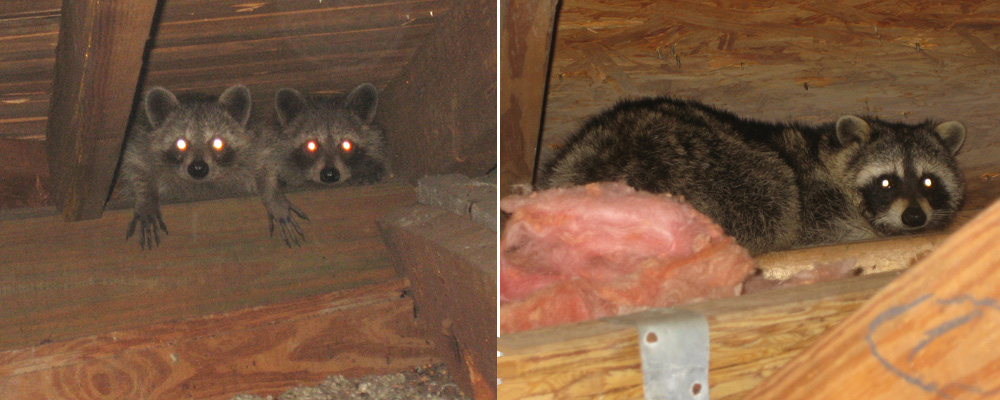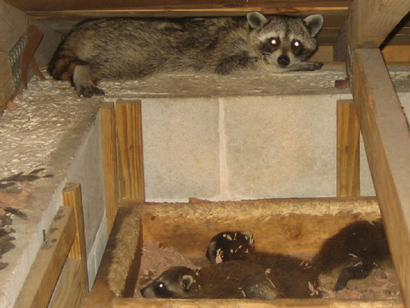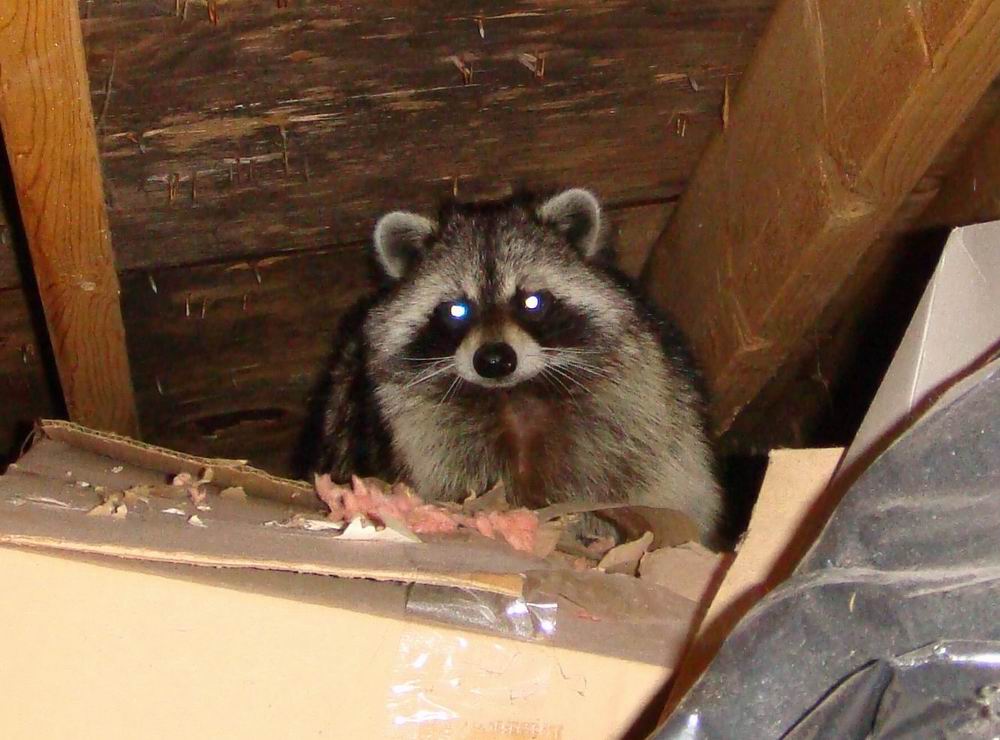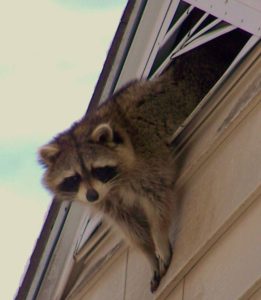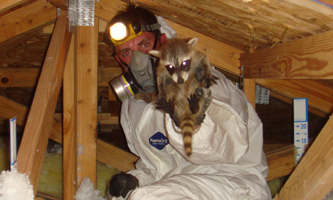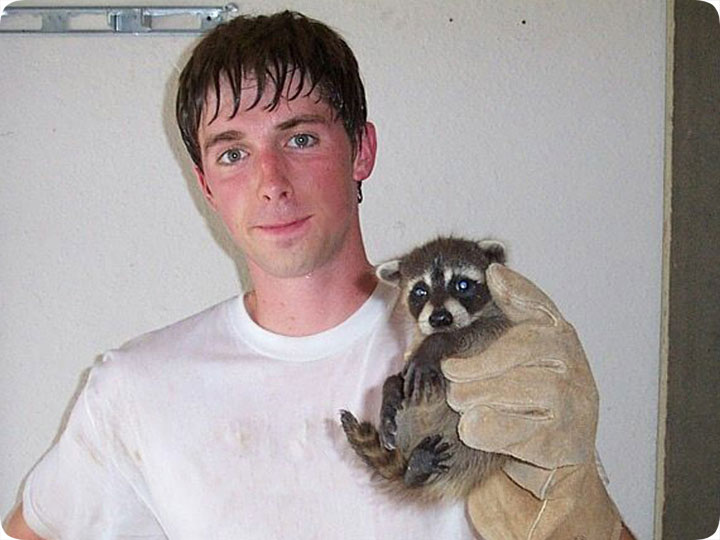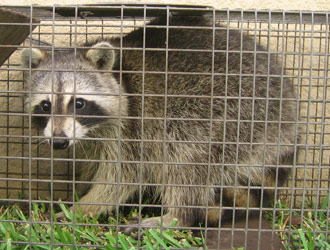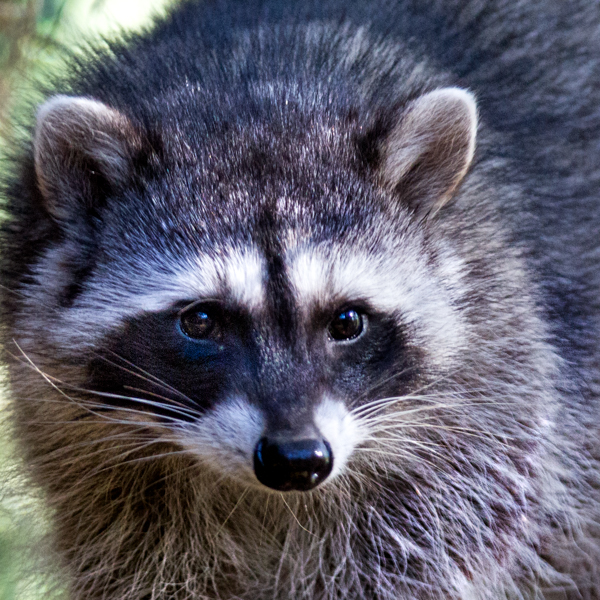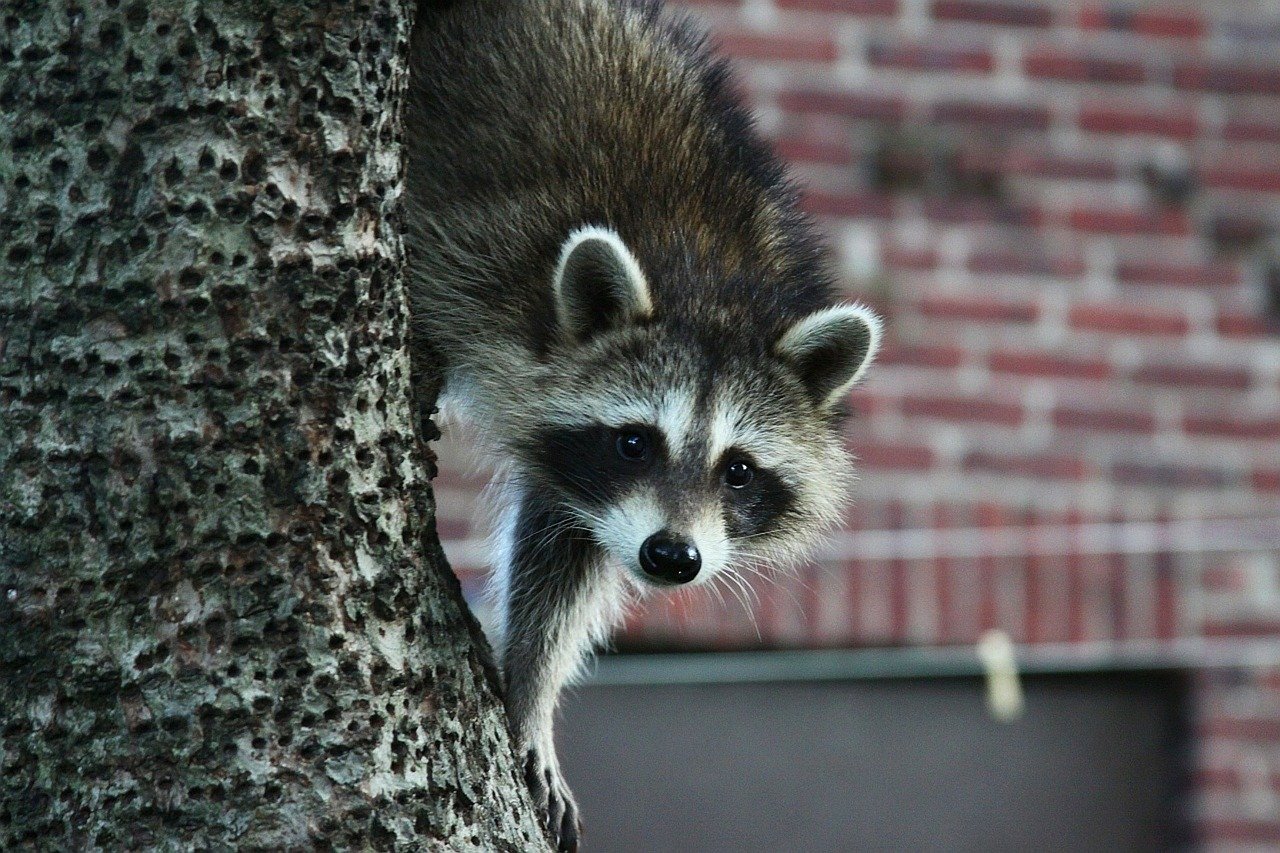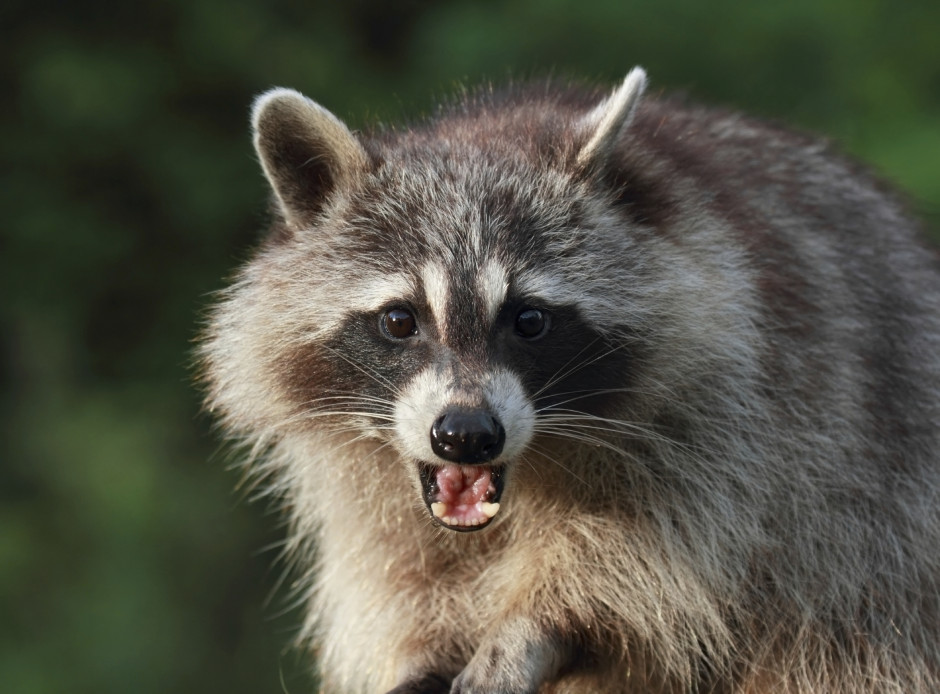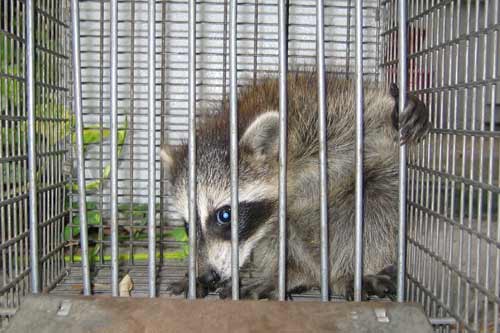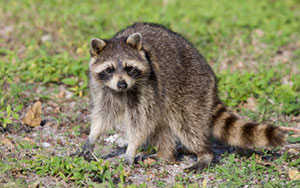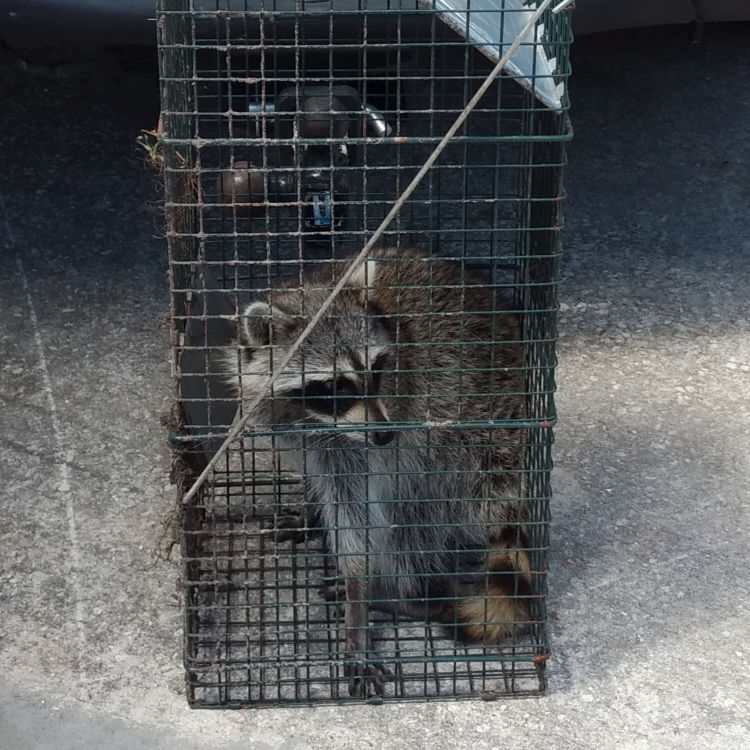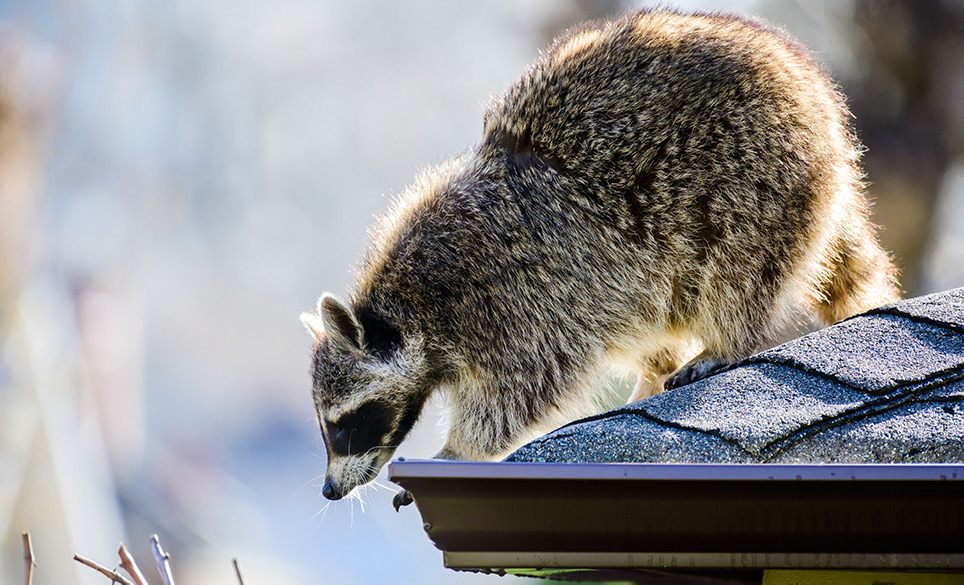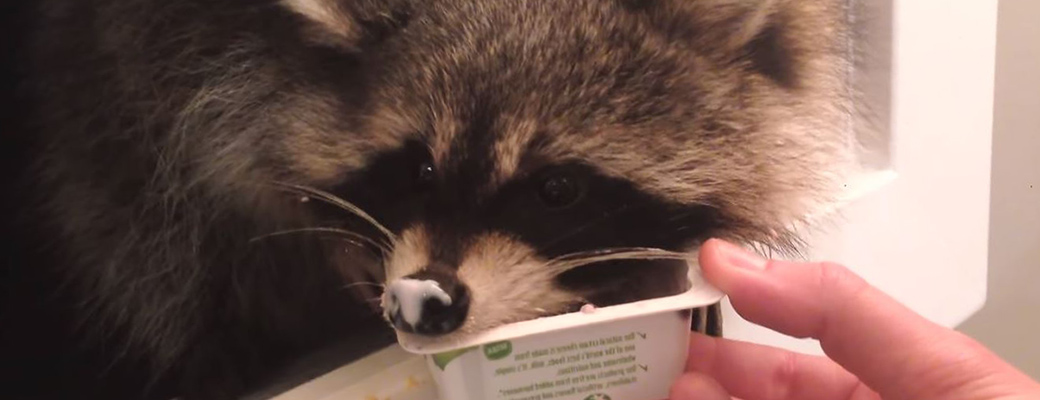Catching Raccoons In Attic
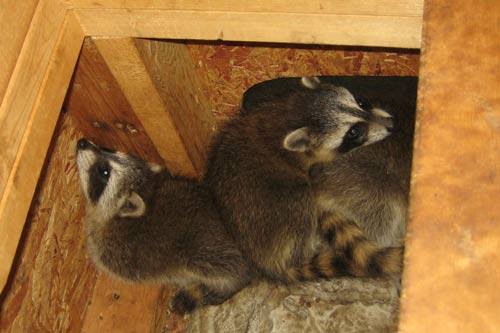
Getting rid of raccoons in an attic is a two step process of 1 removing the raccoons currently living there and 2 making a preventative repair.
Catching raccoons in attic. But just because raccoons are in the attic that does not mean that the attic is the best place to catch them. Raccoon mothers commonly move their babies between den sites during the nesting season so she may leave on her own. Havahart traps are the perfect solution for raccoons in the attic and other nuisance animals whether you have a rogue raccoon squirrel rat mouse or possum in your attic there s a havahart trap that is right for you. After you catch the raccoon if you have successfully trapped a raccoon put a blanket or other cover over the cage before you pick it up.
Raccoon babies are independent by the end of summer when they leave the den and disperse from their family groups. Because most raccoons in a home are female you can sometimes remove the babies and use them as a lure in the trap for the mother. Raccoons typically live in attic dens for short periods. Raccoons are one of the nuisance critters often found in attics that are effectively trapped with this method.
If you have raccoons living in the attic you can t just put a cage trap on the ground because there might be a nest of baby raccoons in the attic. The young are helpless in a nesting area of the attic and can t be trapped. If you wait until the babies are grown and or have left. They must be removed by hand you or the wildlife technician you hire must go into the attic and remove the babies by hand.
